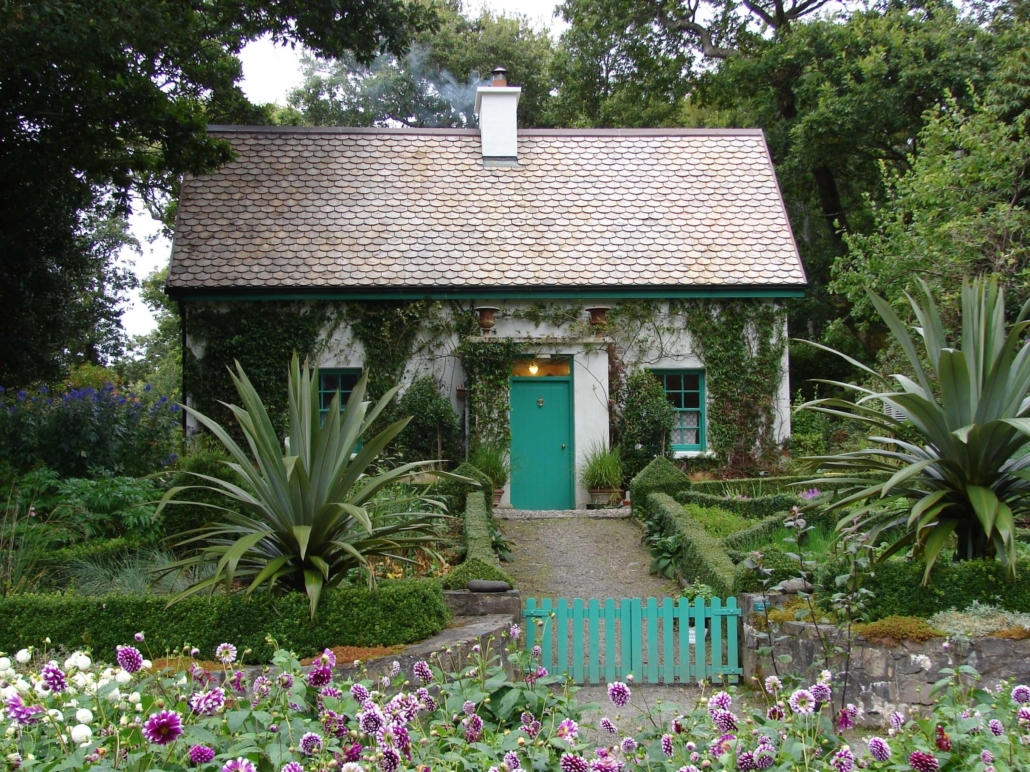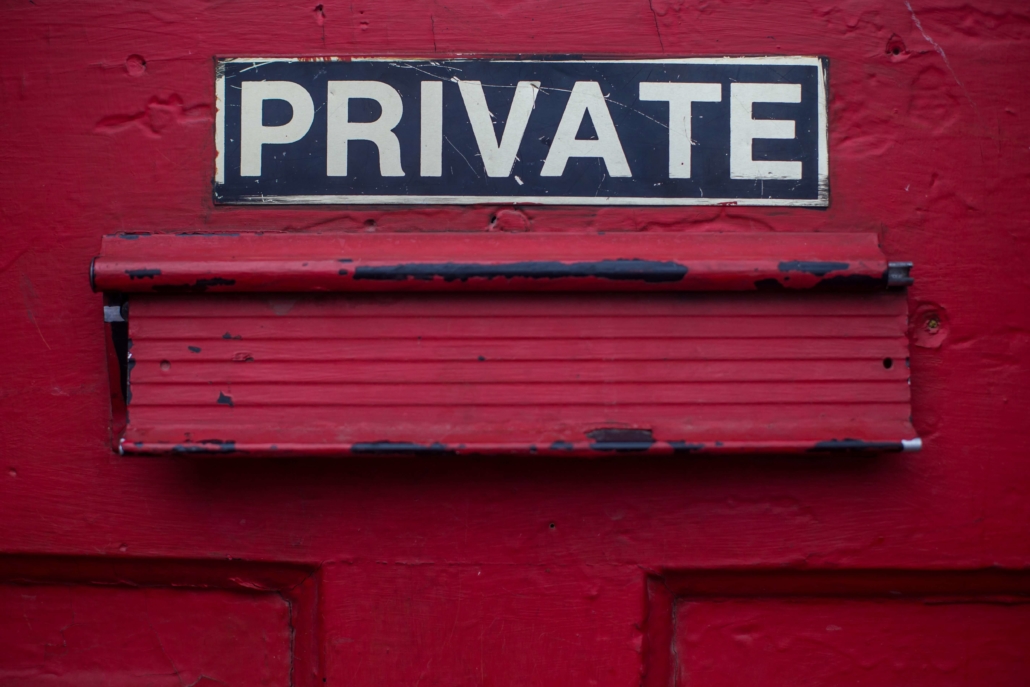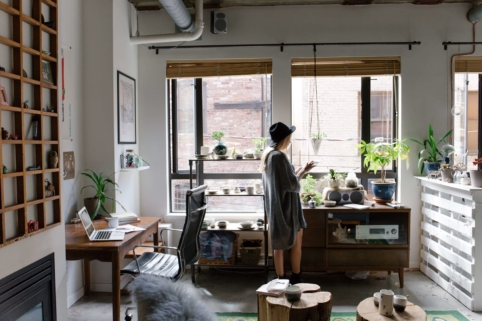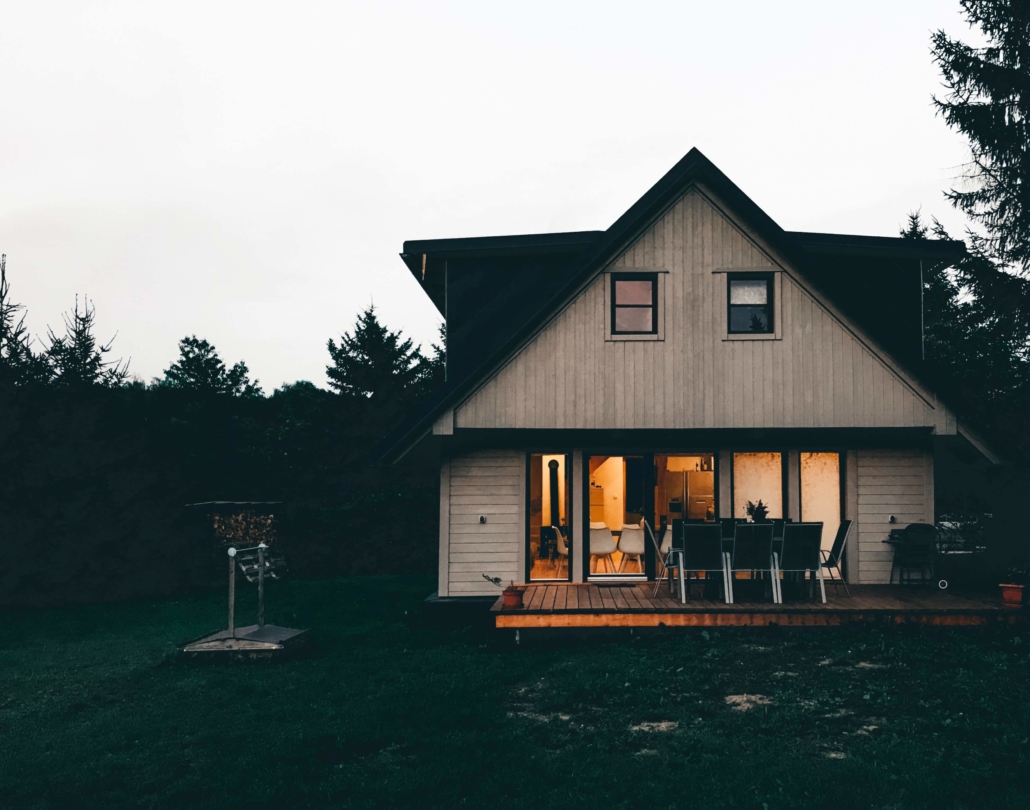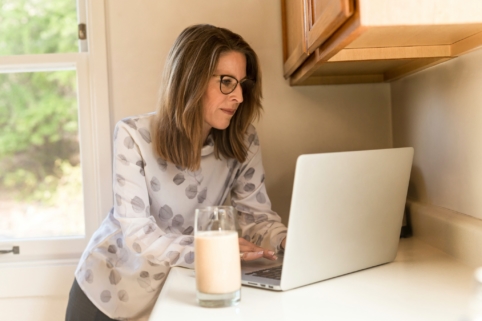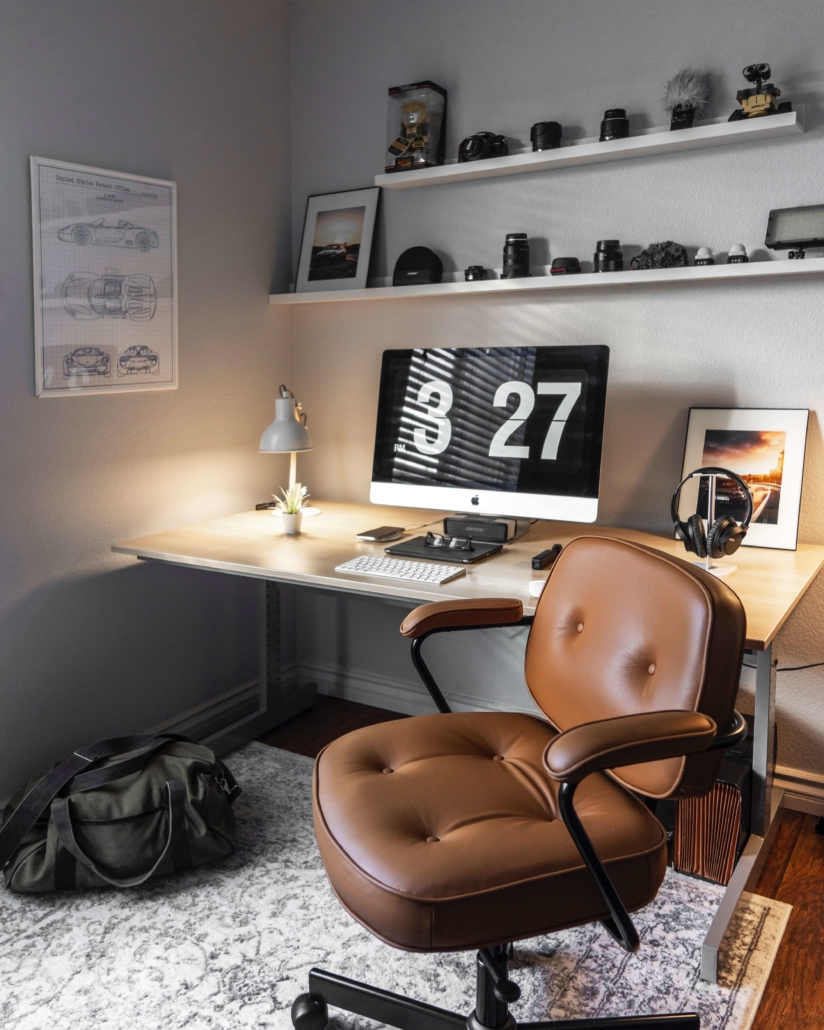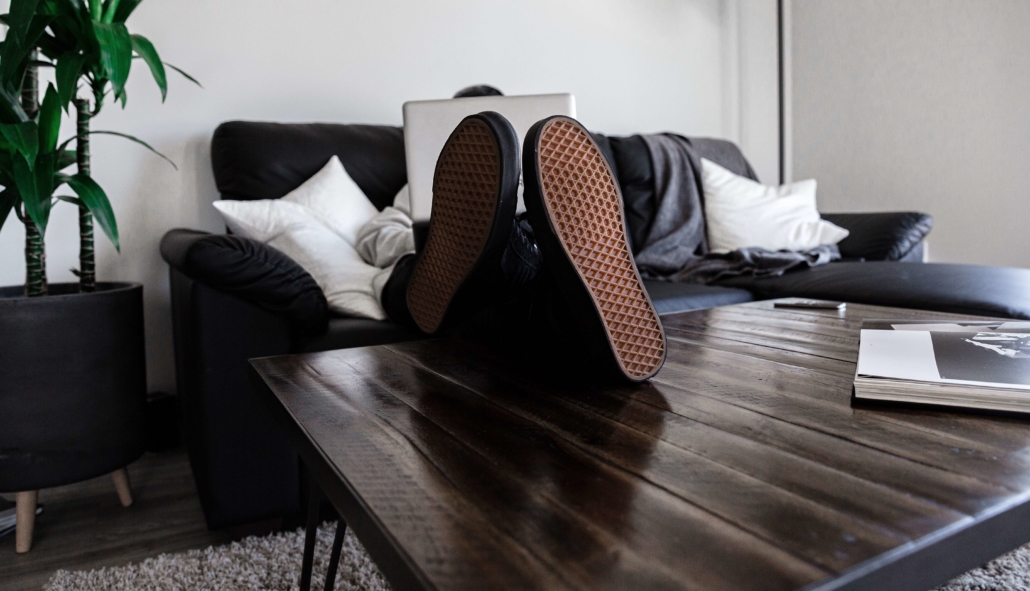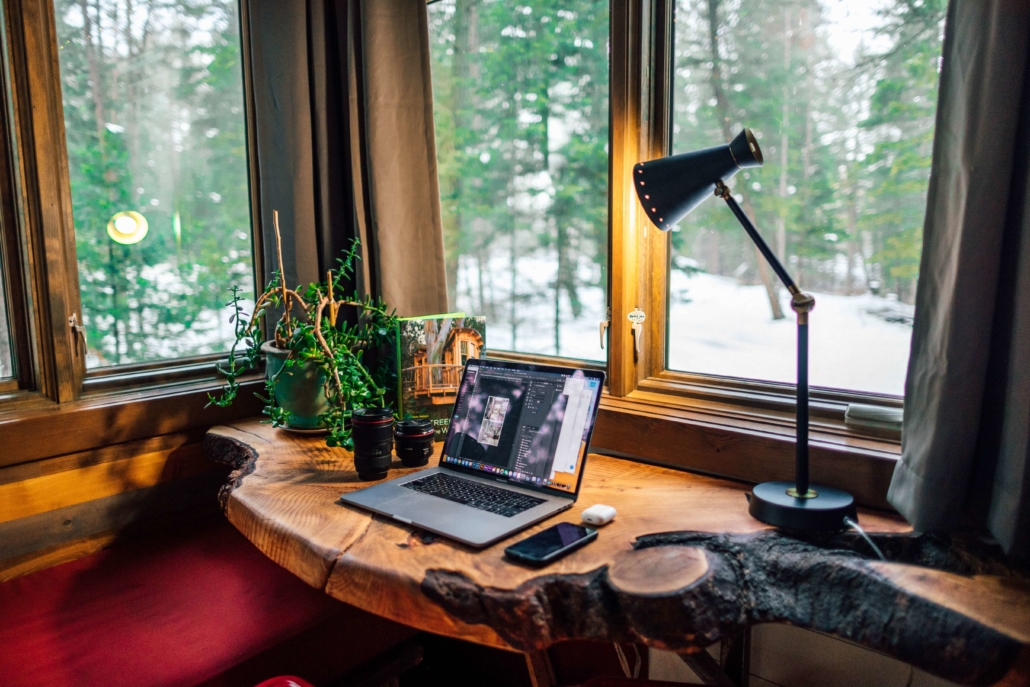Not Your Dad’s Real Estate Advice
Dads have some of the worst jokes & best advice. In honor of Father’s Day, here are some of the best dad-isms to keep in mind for your real estate business.
Dad says: “Don’t take no wooden nickels”
What he means: Don’t believe things that are too good to be true
Being a real estate agent calls for a healthy amount of skepticism. Your offers are only good if they’re put in writing, your buyer is only as valuable as their proof of funds or pre-approval letter, and the seller will almost always overvalue their property so you better come prepared with comps. It’s not that you have to distrust everyone, you just need to remember that you’re the expert and not everyone understands the process.
Dad says: “Work smarter, not harder”
What he means: You’ve got the tools to make your life easier, use them!
From tracking your mileage to showcasing your listings, there is a lot of technology out there for agents to use. These tools don’t have to be the most expensive things on the market to work — in fact some of the best ones are free! From having a social media page set up for your real estate business to allowing your listings to be syndicated to other sites through your MLS to partnering with pay-for-success marketing programs like Marketing Matters, there’s a lot of low-to-no cost options out there that are more cost and time effective than pouring money into lead gen systems or knocking on doors.
Dad says: “Nobody said life was fair”
What he means: Don’t take it personally when things don’t go your way
Sometimes friends and family will choose someone else for their real estate transaction. It won’t feel good, but try not to take it personally. There can be many reasons they would choose someone else from an impending (yet hush-hush) divorce to a reluctance to mix business and personal lives to something completely different, but most of the time, this choice has less to do with you than it does them.
Dad says: “Go get ‘em, Tiger!”
What he means: Try your best, even if you’re not sure it’ll work
Whether you’re just starting out in the business or you’ve been an agent for years, everyone gets nervous before a listing presentation sometimes. Maybe you’re going up against a well-known agent for the listing or the potential client is a VIP hot-shot, but Dad would tell you to brush off those nerves, practice your presentation, and “Go get ‘em!” Remember, “You miss 100% of the shots you don’t take!”
Dad says: “Money doesn’t grow on trees!”
What he means: Keep track of everything when it comes to your money!
From your tax deductible business expenses to your marketing efforts, what gets measured gets managed, and what gets managed doesn’t have money wasted on it. Don’t continuously pay out for services that don’t provide a good return, systems that don’t work, or extras that you simply don’t need.
Dad says: “Safety first!”
What he means: Be Safe!
When you think of the most dangerous jobs, “Real Estate Agent” doesn’t tend to make the list, but that doesn’t mean there’s no risk. This job requires meeting people you barely know in places that are often vacant, secluded, dark, or all of the above. You may arrive to a showing and find that squatters have invaded a property. Or maybe you’re showing an occupied property and tenants are not happy their home is being sold. Or maybe there is drug paraphernalia, chemicals, biological waste, or unsafe physical conditions — your day-to-day can involve a lot of unknowns and “It’s better to be safe than sorry!”
Have you gotten any advice from your father that has helped you in real estate? Let us know in the comments below!



